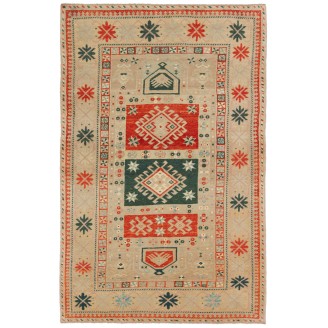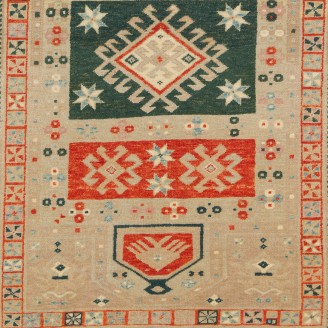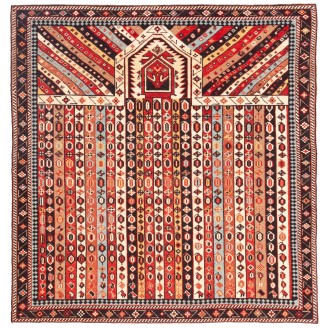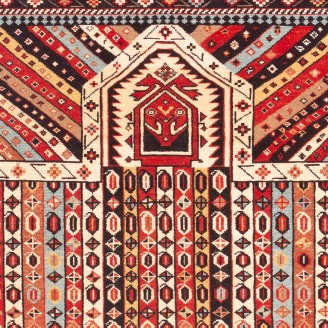Shirvan Prayer Rug
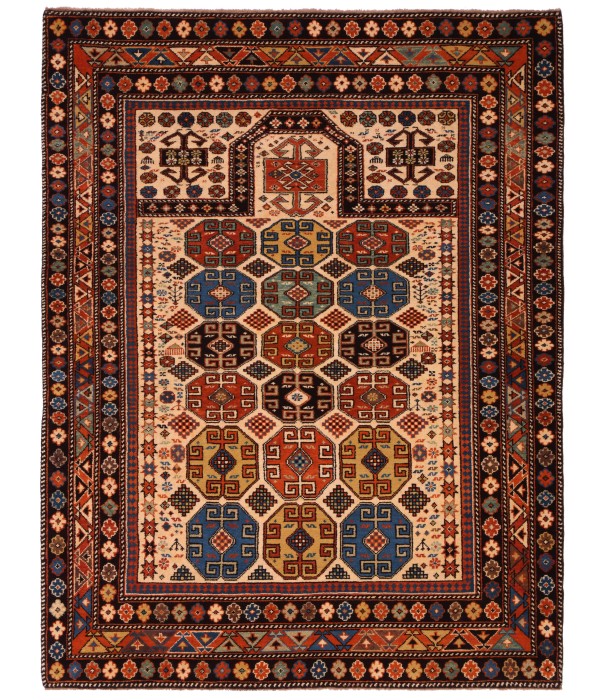
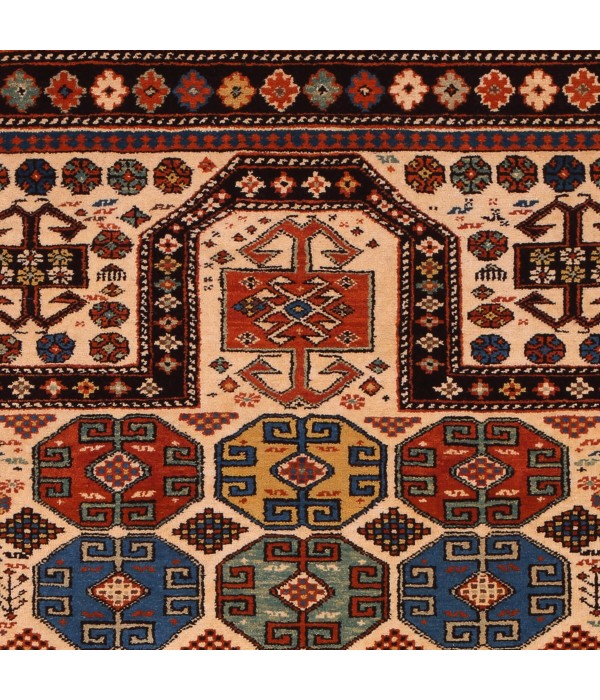
Out Of Stock
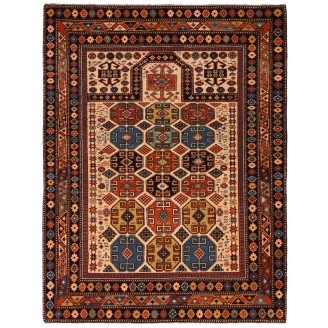
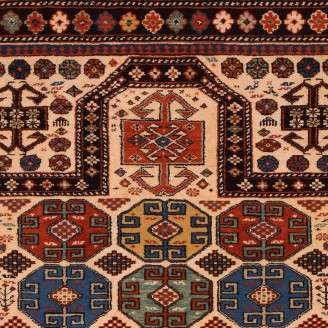
Model: ART00386Shirvan Prayer Rug
Group: Caucasian Rugs Family
Area: Shirvan region
Material of Pile: Natural Dyed Hand-spun Wool
Material Warp / Weft: Wool on Wool
Structure: Symmetrical knot
Knots Density: 42x35
Pile (mm): 5
Production Place: Wast Anatolia – Manisa Province
Weight: 6.80kg
Location: Tokyo
Stock: Out Of Stock
Dimensions:
The source of the rug comes from the book Oriental Rugs Volume 1 Caucasian, Ian Bennett, Oriental Textile Press, Aberdeen 1993, pg.184. This is a multiple octagon medallion design prayer rug from the late 19th century, Shirvan region, Caucasus area. Shirvan is one of the principal weaving areas of the Caucasus, stretching from the central east coast some three or four hundred kilometers inland. Located within it are several towns that, according to Kerimov and Schürmann, have become associated with particular designs; these include Bidjov, Marasali, Khila, Surahani, Baku, and Saliani. Many authors also include Chajli and Akstafa rugs, although we have included the former with Gendje pieces and the latter have been treated as a separate sub-group. There are, of course, many rugs which, both structurally and stylistically, can be assigned with some degree of confidence to Shirvan but not to any particular place within it (although many authors and dealers would maintain that it is possible to differentiate, again on structural evidence, between rugs from the north and south of the region). This prayer rug has typical Caucasian hooked octagon medallions covered with floral composition in the field and is framed with a series of borders. The design of the rug is interpreted by our designers, and vivid colors are used for this rug.
Color summary: 10 colors in total, most used 4 colors are;
Color summary: 10 colors in total, most used 4 colors are;
- Black Chocolate 434 (Pomegranate - Spurge - Madder Root)
- Fiery Orange 74 (Madder Root)
- Natural Wool Color 320 (Natural Sheep's Color)
- Jericho Jade 25 (Spurge - Indigo)
Dimensions:
4 ft 6 in x 5 ft 10 in ( 138cm x 178cm )
Price:
$2,500
Ex Tax: $2,500

